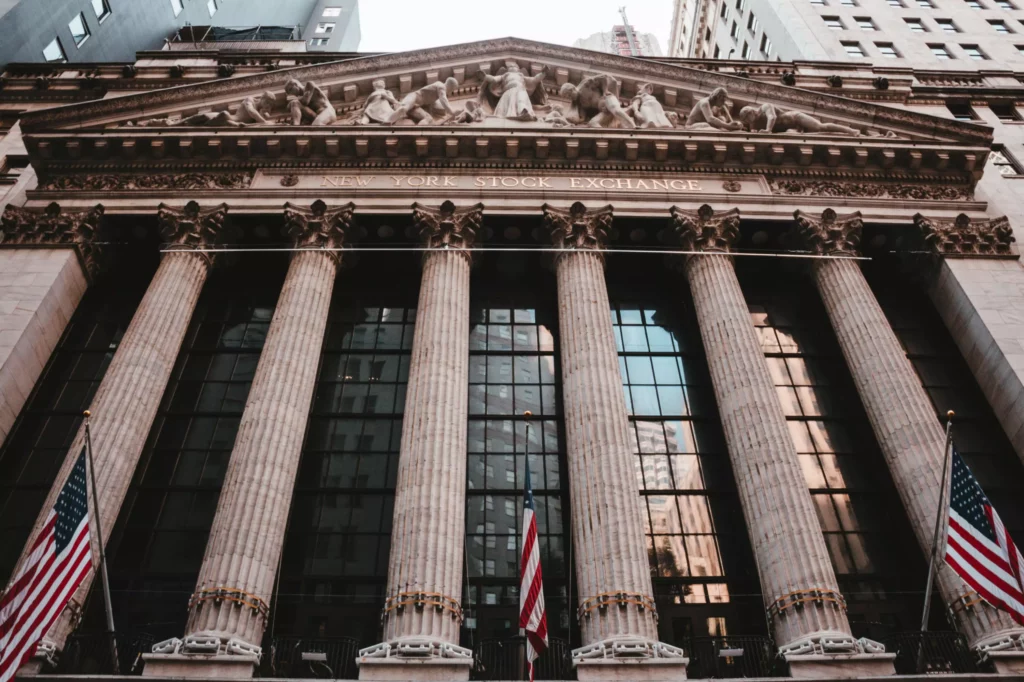The global EdTech market is experiencing unprecedented growth. It is expected to reach nearly $404 billion by the end of 2025, with an annual growth rate of over 16%. This
After almost 40 years of existence, the Silicon Valley bank (SVB) closes its doors abruptly in an international resounding.
We explain what happened on this bankruptcy that reminds us of the crisis of confidence of 2008.
The SVB was the 16th largest bank in the United States.
Specializing in the tech industry, it had over 35,000 clients, mostly startups.
It employed 6,500 employees.
It held $147 billion in deposits and managed $209 billion in assets.
Furthermore, it was common practice for startups launching in the US to identify SVB as one of their preferred banks.
The recent trends in the US tech market have not been favorable. Job cuts in companies like Facebook have raised concerns among investors. However, there hasn’t been widespread loss of confidence.
In addition to these concerns, there was advice from Peter Thiel, co-founder of PayPal, for SVB clients to withdraw their funds.
The SVB had invested its clients’ deposits in US Treasury bonds, which were considered a safe product.
However, Treasury bonds become less safe when interest rates rise, and when a safe product is sold off heavily in a bearish market.
Mechanically, when a security is backed by a bond, if interest rates rise, the value of the security decreases.
Unfortunately, the current economic context has seen an increase in interest rates.
As a consequence, the bank announced that it had sold $20 billion worth of bonds.
This resulted in a loss of $1.8 billion. This significant loss triggered the first domino in this confidence crisis.

Following this information, a wave of panic ensued, with many clients wanting to withdraw their funds.
In less than 24 hours, the bank found itself short of liquidity, forcing the regulator FDIC (Federal Deposit Insurance Corporation) to take control.
This takeover by the US authorities allowed them to contain the contagion and, most importantly, prevent a massive bankruptcy of startups.
These startups were only able to access their guaranteed funds up to a maximum of $250,000.
The Federal Reserve (FED), the Treasury, and the regulator quickly issued a joint statement to reassure depositors.
Indeed, they guarantee that depositors will be able to access the entirety of their funds.
They also mention that taxpayers will not be affected.
Certainly, a cataclysmic event can generate a significant ripple effect across the globe.
We can think of the bankruptcy of Lehman Brothers, which brought down more than 70 banks with it.
But no worries, SVB was a local commercial bank based on the West Coast with a few subsidiaries.
Lehman Brothers, on the other hand, was an investment bank based on the East Coast of the US with a much more widespread global presence.
Furthermore, SVB offered sophisticated financing primarily to multinational companies. In contrast, Lehman Brothers pushed a highly controversial product, the infamous “Subprimes”, to heavily indebted Americans. SVB, on the other hand, positioned itself with securities considered to be the safest in the market.
Indeed, tremors were observed in other markets, with some causing up to a 5% decrease in certain values.
The bankruptcy of a bank, even a recognizable local one, is a strong indicator of the level of investments to watch.
Today, the financial system is highly interconnected among various actors. It is difficult to predict where the next shock will come from.
The SVB subsidiary in Great Britain has already been taken over by HSBC.
As for France, there is no SVB subsidiary.
Moreover, there are multiple sectors of activity.
The BPI, accompanied by other regulators such as the Banque de France, are taking action on two elements,
On one hand, the level of liquidity in banks, and on the other hand, the diversification of investments.
This is also the subject of the latest report from BPI on the re-industrialization of France
–> Back to News
Photo by Mariia Shalabaieva